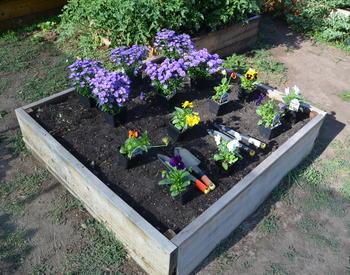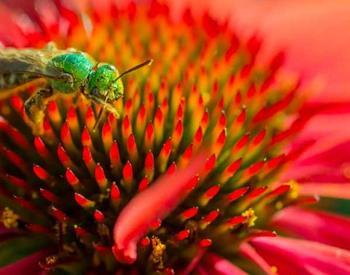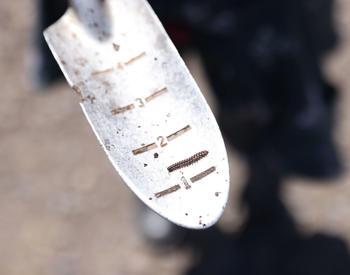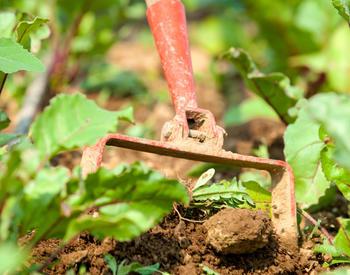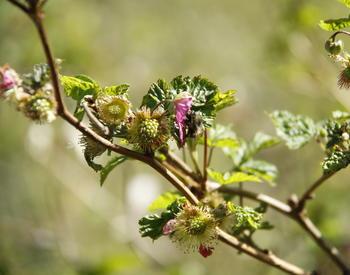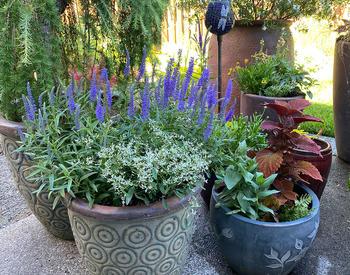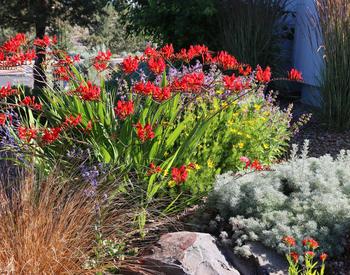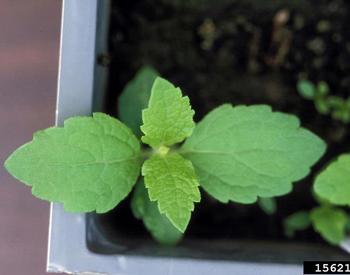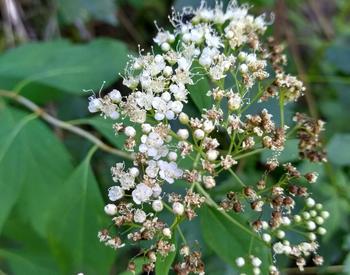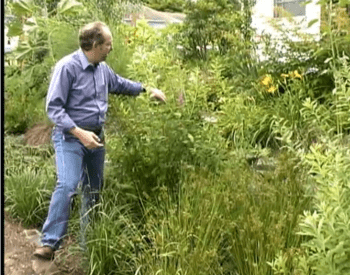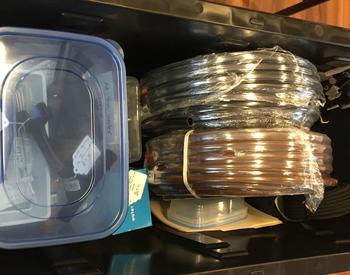If you don’t have a blackberry patch yet, "Growing Blackberries in Your Home Garden" from the OSU Extension Service will provide the information you need to get one started, including choosing the best varieties for your growing climate and individual situation. The 24-page document includes well-labeled photos.
Pruning
Remember that with cane-forming plants like blackberries and raspberries, pruning often involves cutting canes to the ground after they have finished fruiting. This can be done in late summer, fall or winter.
In areas like Klamath with high winds and snowfall, removing spent canes early can reduce wind injury. Cane removal is the only kind of pruning to do in the fall. “Tipping out,” appropriate for some blackberry types, is performed during the growing season. OSU offers an online course on pruning blackberries: Pruning and Training Blackberries.
Winter protection
Blackberries are shallowly rooted and have a growing crown right at the base of the soil. Mulch in the fall and pull the mulch away from the crown at the end of winter.
Plants in the Klamath Basin, where freeze/thaw cycles are common in winter, are prone to heaving — being pushed out of the soil. A thick layer of mulch can reduce this risk.
Over time, natural mulches provide some nutrients and organic matter as they break down. Depending on the type of blackberry, winter options may include removing all the canes (primocane fruiting types only), laying canes on the ground and protecting with straw or mulch (best for high wind areas), or mulching around the base of plants that are trellis-trained (best if there is wind protection like a fence or row of evergreen trees).
Plan for fertilizing
Don’t fertilize with nonorganic fertilizers in the fall — but do give the fertilizer section of the blackberry manual a read to plan for the growing season. The nutrient needs of new and established plants can be different. The guide also explains how to divide applications of fertilizer over the growing season.
Planning ahead is especially important for those using only organic fertilizers. These can take much longer to be available to the plant — sometimes months to a year. In general, timing recommendations for fertilizer application refer to conventional fertilizers.
Organic fertilizer should be applied earlier — and in a few cases, even in the fall — to allow proper breakdown of the nutrients so they’re available when plants need them.
Choose wisely
If you're planning to plant a new blackberry patch or enlarge an existing one, "Growing Blackberries in Your Home Garden" will help Oregon gardeners choose the best variety for climate and growing conditions. In the Klamath Basin, growers should choose cold-hardy varieties for USDA zones 4 and 5 — the higher the elevation, the lower the number.
The type of berry chosen also impacts when and how long berries are harvested and how they should be trained (trellised). Some types of berries are not widely available on the nursery market, and supplies are commonly limited. Know what kinds of berries will work, and order early to increase the chances you'll get what you want.
Provide support
Most blackberries need to be trellised (and pruned back yearly) to keep them from becoming a tangled, unpickable mess over time. In addition to the physical support possible with a trellis system, we can use the way we tie to and use the system to help differentiate between primocanes and floricanes — an important distinction for ensuring we conserve the canes that haven’t yet fruited.
The differing trellising options each have benefits and drawbacks, and may especially be a concern for those gardening on a budget. Those itching to get started could get trellises all set up before the season so they're ready for plants early next spring.
In addition to much more detail on all of the topics briefly addressed above, "Growing Blackberries in Your Home Garden" also provides an overview of pest and disease issues. The detailed information on the varieties will be especially helpful for those new to blackberry growing. Check out the manual to learn all things blackberry and to prepare established plants for winter.

